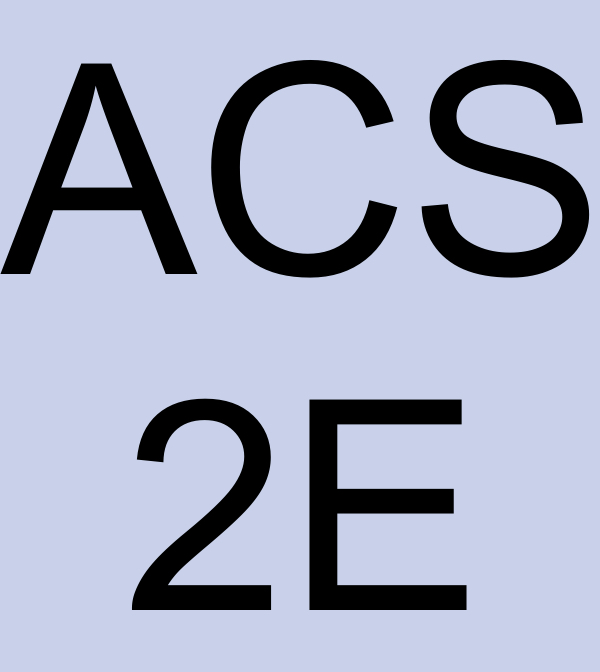Skip to main content
Contents Index Dark Mode Prev Up Next \(\newcommand{\dollar}{\$}
\DeclareMathOperator{\erf}{erf}
\DeclareMathOperator{\arctanh}{arctanh}
\DeclareMathOperator{\arcsec}{arcsec}
\newcommand{\lt}{<}
\newcommand{\gt}{>}
\newcommand{\amp}{&}
\definecolor{fillinmathshade}{gray}{0.9}
\newcommand{\fillinmath}[1]{\mathchoice{\colorbox{fillinmathshade}{$\displaystyle \phantom{\,#1\,}$}}{\colorbox{fillinmathshade}{$\textstyle \phantom{\,#1\,}$}}{\colorbox{fillinmathshade}{$\scriptstyle \phantom{\,#1\,}$}}{\colorbox{fillinmathshade}{$\scriptscriptstyle\phantom{\,#1\,}$}}}
\)
Activity 3.2.4 .
Evaluate each of the following limits. If you use L’Hôpital’s Rule, indicate where it was used, and be certain its hypotheses are met before you apply it.
(a)
\(\displaystyle \lim_{x \to \infty} \frac{x}{\ln(x)}\)
(b)
\(\displaystyle \lim_{x \to \infty} \frac{e^{x} + x}{2e^{x} + x^2}\)
(c)
\(\displaystyle \lim_{x \to 0^+} \frac{\ln(x)}{\frac{1}{x}}\)
(d)
\(\displaystyle \lim_{x \to \frac{\pi}{2}^-} \frac{\tan(x)}{x-\frac{\pi}{2}}\)
(e)
\(\displaystyle \lim_{x \to \infty} xe^{-x}\)

